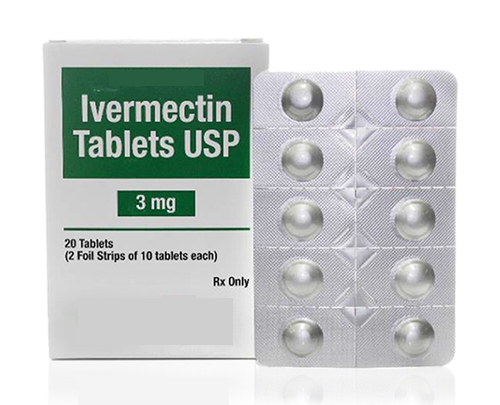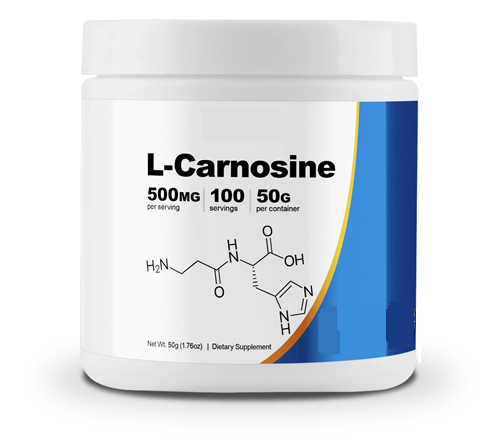Ivermectin: Indications, Onset of action, Mechanism of action and Side Effects
Jun 4,2024
Indications of Ivermectin
Ivermectin is an antiparasitic drug approved by the FDA for the treatment of several tropical diseases, including onchocerciasis, lymphatic filariasis, helminthiasis, and scabies.

Ivermectin is a safer, more potent semisynthetic mixture of two chemically modified avermectins, comprising 80% of 22,23-dihydroavermectin and 20% 22,23-dihydroavermectin. Ivermectin has broad-spectrum, highly potent activity and exerts a powerful inhibitory effect against a wide range of nematodes, insects and parasites at low doses. It has proven to be highly effective against most common intestinal helminths (except tapeworms). Common dosage forms include: tablets, capsules, and injections, and can be administered orally, topically, or parenterally, with no cross-resistance to other commonly used antiparasitic compounds.
The recent topic of ivermectin for COVID-19 has attracted a great deal of attention. However, the panel recommended against the use of ivermectin for the treatment of COVID-19 due to the failure of trials to find clinical benefit and proof of efficacy of the use of ivermectin for the treatment of COVID-19 in outpatients.
Onset of action
Studies have shown that after oral administration of ivermectin, the average peak plasma concentration occurs about 4 hours after the drug is administered, with a second peak at 6-12 hours, probably because of enterohepatic circulation of the drug, and the plasma half-life of ivermectin is about 12 hours. Dermal microfilarial loads are reduced by 78% within 2 days, and by some 98% within 2 weeks of treatment, remaining at extremely low levels for about 12 months. As lowest levels of microfilariae occur well after ivermectin administration, they are not necessarily killed when plasma drug levels are highest.
Mechanism of action
Avermectins enhance neurotransmission by disrupting glutamate-gated chloride channels and have a mild effect on gamma-aminobutyric acid (GABA) receptors. They disrupt neurotransmission in nerve and muscle cells, causing hyperpolarisation of neuronal membranes and paralysis of somatic muscles (especially the pharyngeal pump), which kills the parasite. GABA-related channels are common in nematodes and insects, whereas in mammals, GABA receptors and neurons are restricted to the central nervous system. Therefore, ivermectin is very safe for vertebrates because it does not cross the blood-brain barrier. Once paired, adult filarial worms (macrofilariae) do not require significant movement or pharyngeal aspiration. Therefore, ivermectin treatment rapidly and almost completely (98 %) reduces the number of immature worms (microfilariae) inhabiting the skin, but has limited bactericidal effect on female macrofilariae.
The primary target of ivermectin is the glutamate-gated chloride channel, but it is also active on other invertebrate neurotransmitter receptors, including GABA, histamine and pH-sensitive chloride channels. In addition, exposure to ivermectin alters the expression of genes involved in the reproductive machinery of female worms, even at low concentrations.
Side Effects
Common side effects after oral administration of ivermectin include difficulty moving, muscle pain or stiffness, joint pain, swollen lymph glands in the armpit, and pain or tenderness. Other possible side effects include black tarry stools, chest pain, chills, cough, fever, sore throat, dizziness or lightheadedness, difficulty breathing, eye or eyelid irritation, pain, redness or swelling, irregular heartbeat, pain or difficulty urinating, and rapid weight gain. Overdose may cause asthenia, vomiting, drowsiness, confusion, anorexia, digestive disturbances, nausea, marked sensitivity of the right iliac fossa, reactive bilateral pupil dilation, decreased eye vision, rotational vertigo, locomotor ataxia, headache and hyperactive bone reflexes.
References:
[1] Ivermectin overdose[J]. Reactions Weekly, 2020. DOI:10.1007/s40278-020-74762-6.
- Related articles
- Related Qustion
- What are the functions of Ivermectin? Feb 18, 2024
Ivermectin is a remarkably potent anthelmintic and insecticide
- Ivermectin–Old Drug,New Tricks? Feb 16, 2022
Ivermectin is an antiinfective agent with activity against several parasitic nematodes and scabies and is the treatment of choice for onchocerciasis (river blindness).
p-Anisaldehyde is a colorless liquid with a strong aroma. It has sweet, floral and strong aniseed odor.....
Nov 13,2024Organic ChemistryL-Carnosine (β-alanyl-l-histidine) was a dipeptide isolated from natural material in 1900.....
Jun 4,2024SupplementsIvermectin
70288-86-7You may like
- Ivermectin
-

- $53.00 / 500mg
- 2024-11-17
- CAS:70288-86-7
- Min. Order:
- Purity: 97.74%
- Supply Ability: 10g
- Ivermectin
-

- $53.00 / 500mg
- 2024-11-17
- CAS:70288-86-7
- Min. Order:
- Purity: 97.74%
- Supply Ability: 10g
- Ivermectin
-

- $50.00 / 1kg
- 2024-11-16
- CAS:70288-86-7
- Min. Order: 1kg
- Purity: 99.9%
- Supply Ability: 10000 Kilogram/Kilograms per Day






